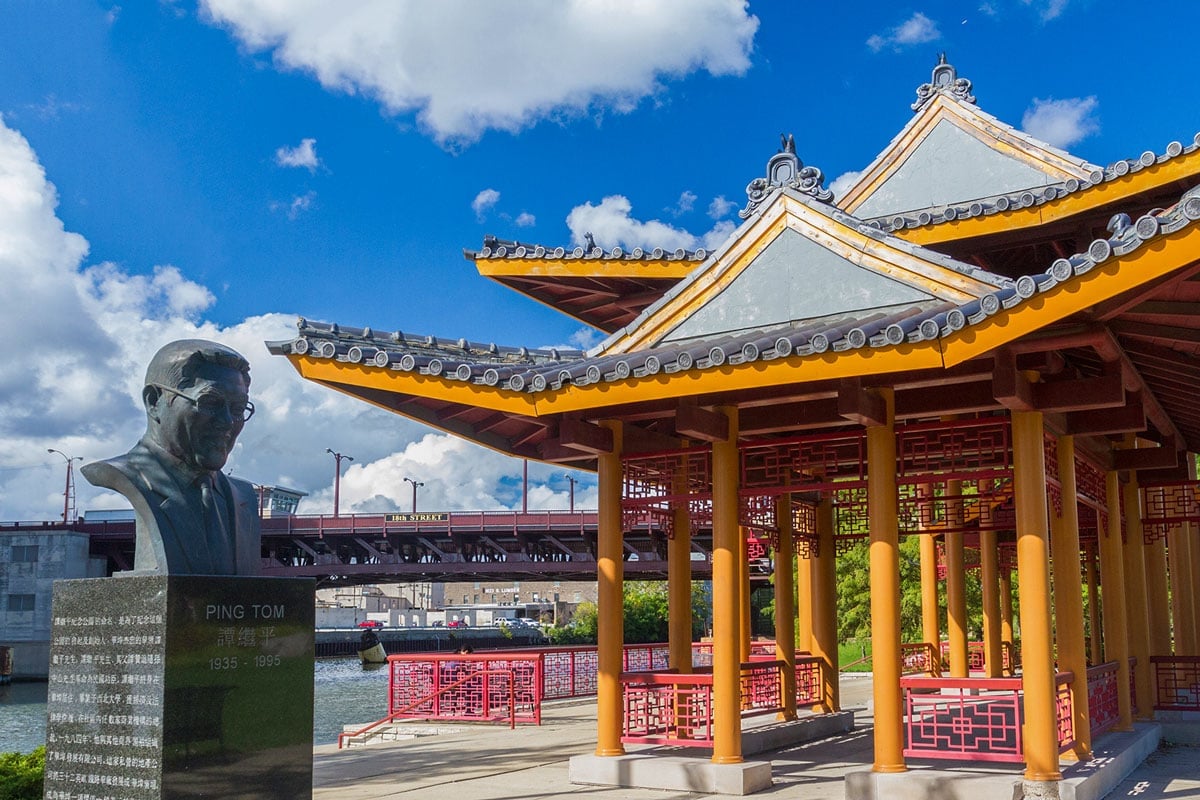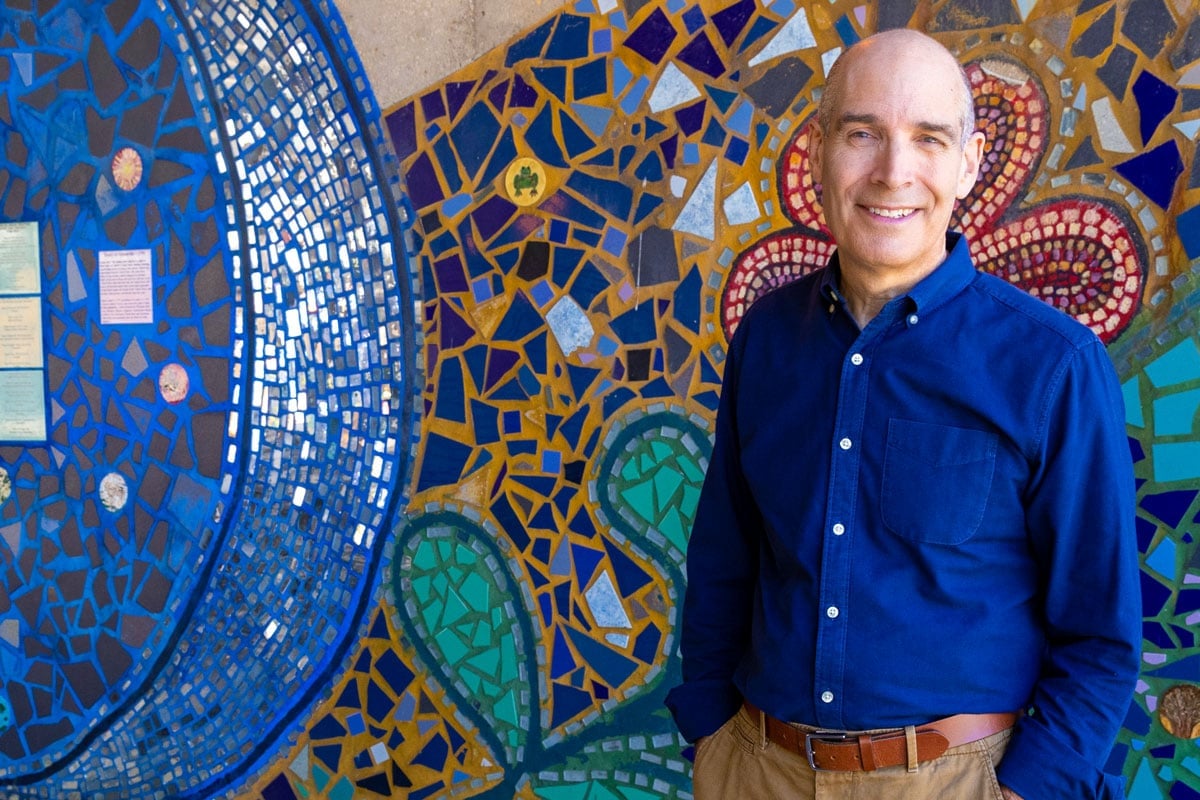Glasner Studio | The Most Beautiful Places in Chicago with Geoffrey Baer
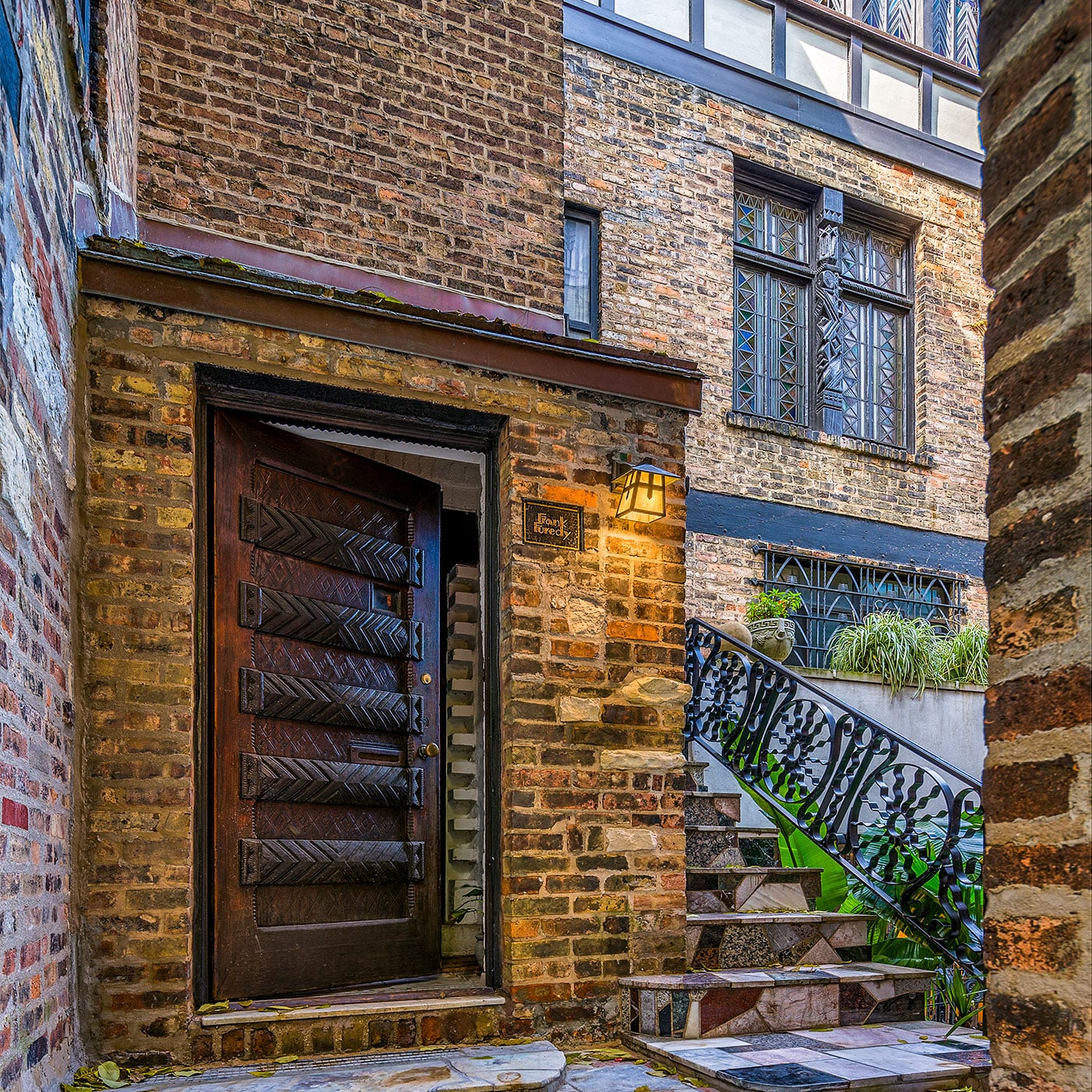
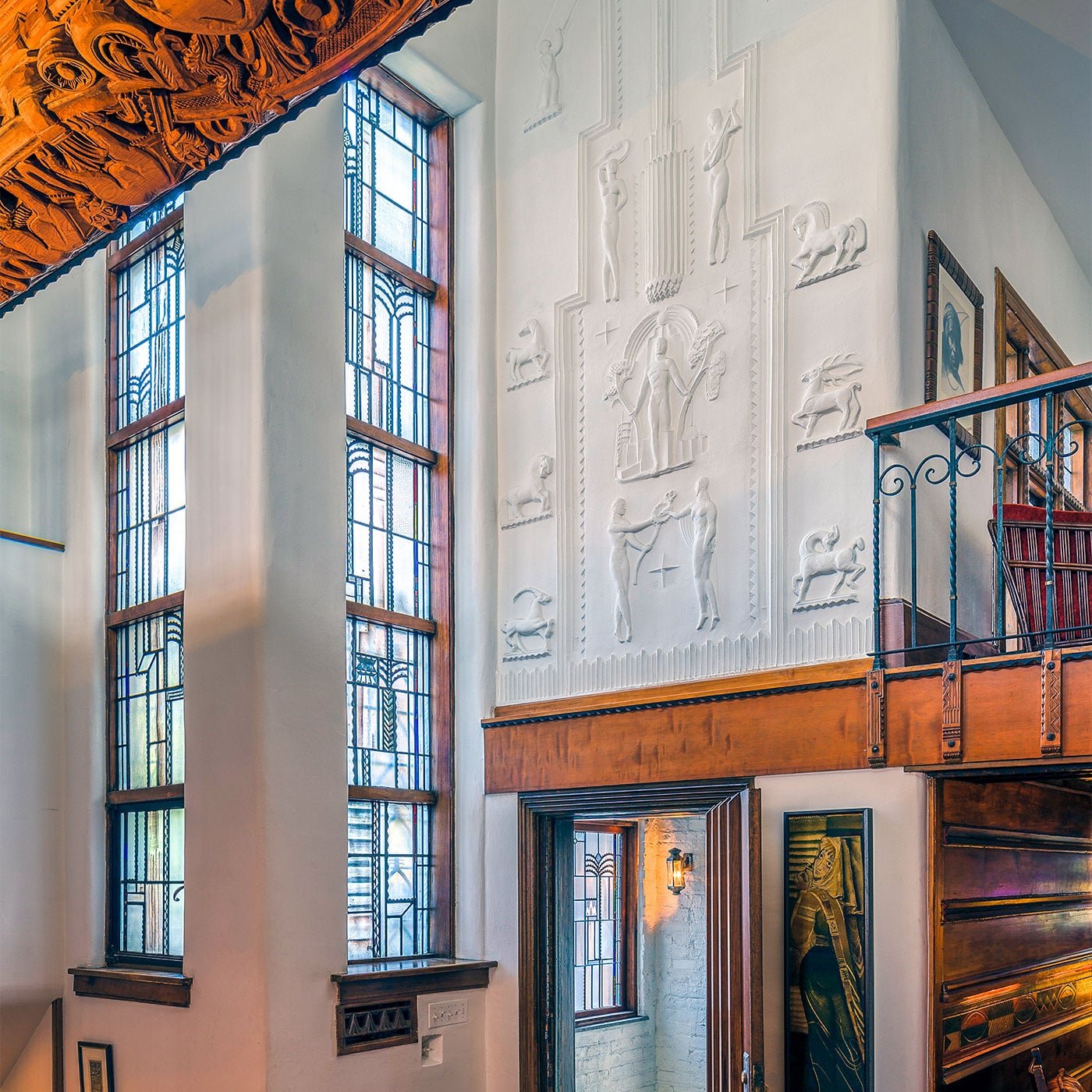
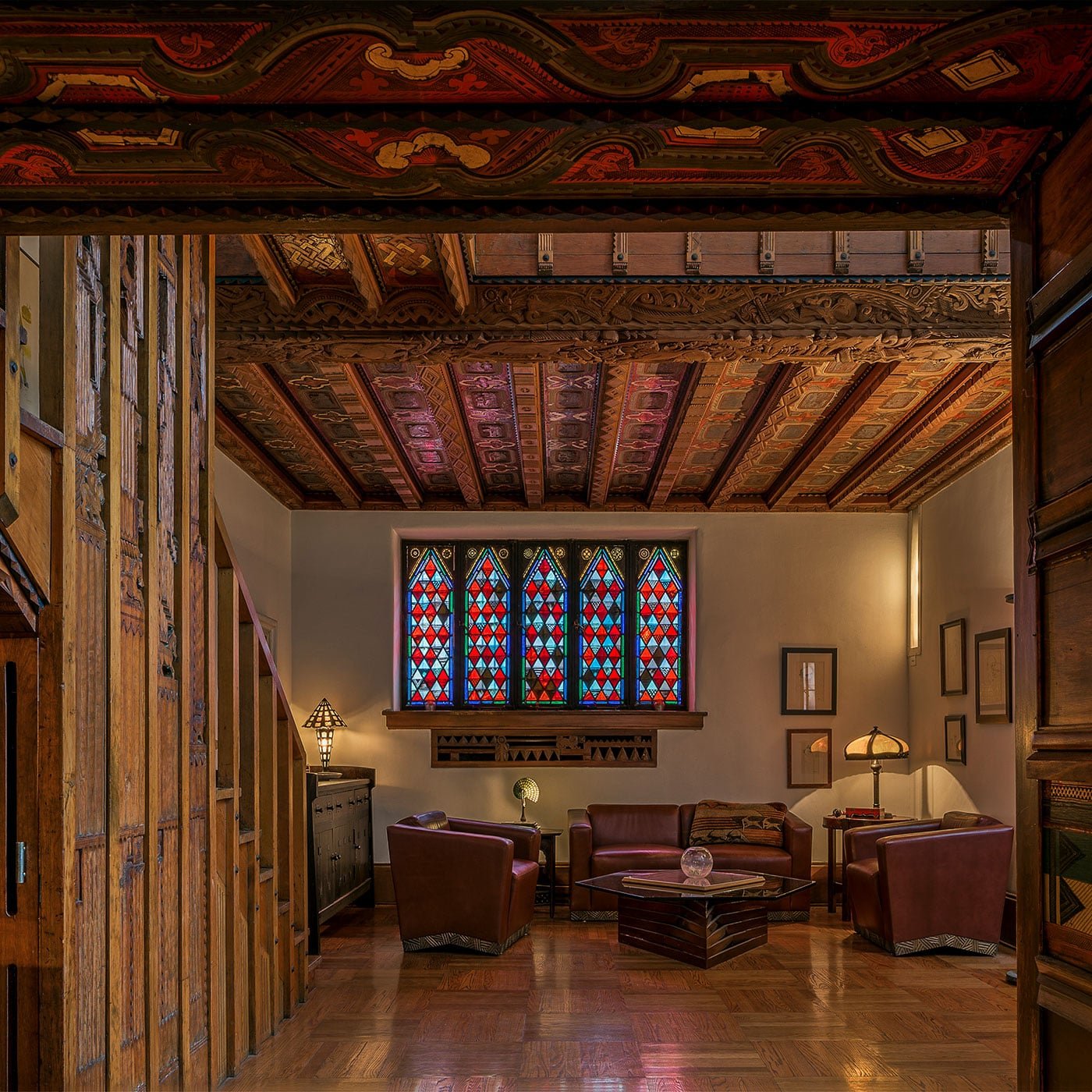
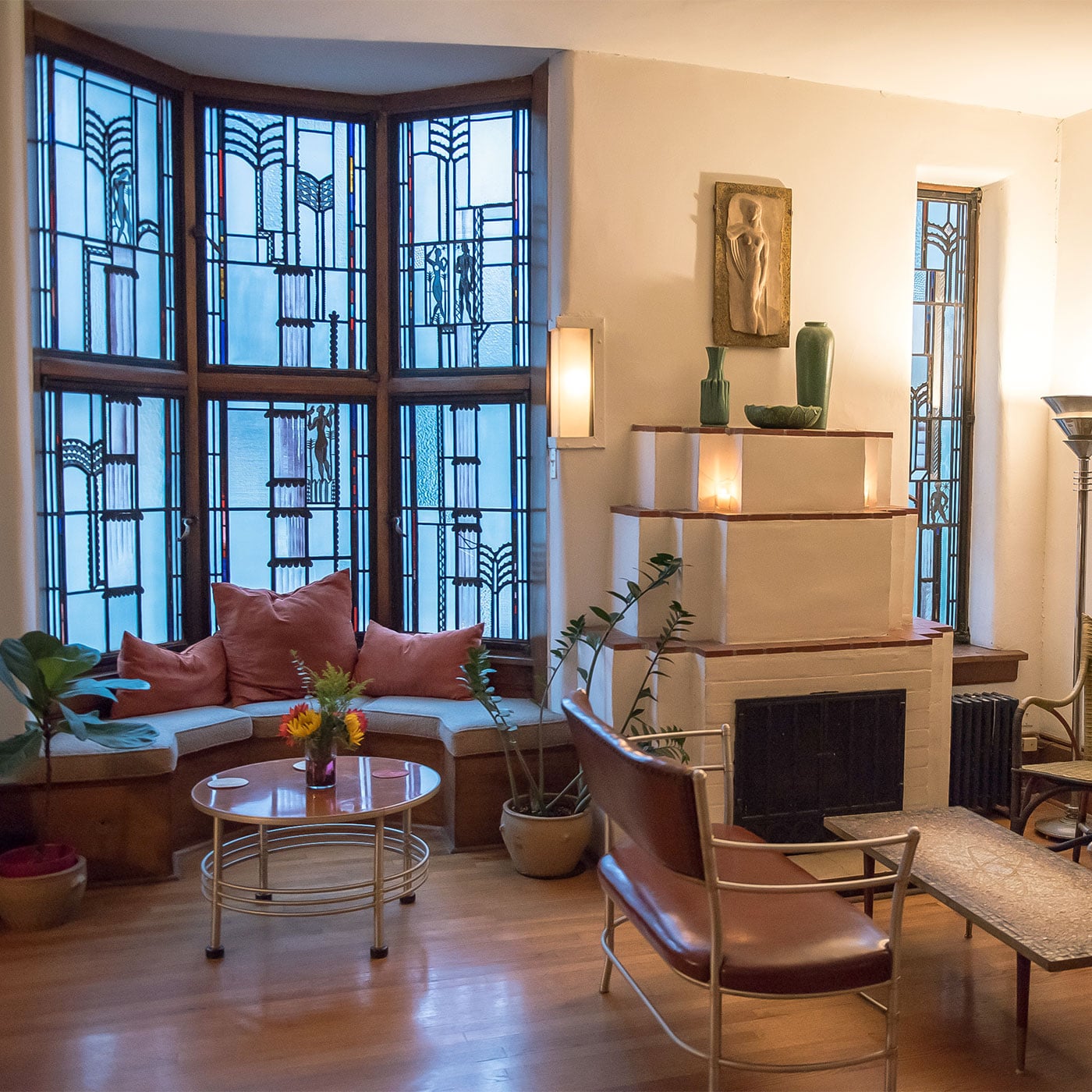
Glasner Studio
A total environment is the idea of creating something that is both architecture and art, where people can come and be inspired by everything surrounding them.— Zac Bleicher, executive director of the Edgar Miller Legacy
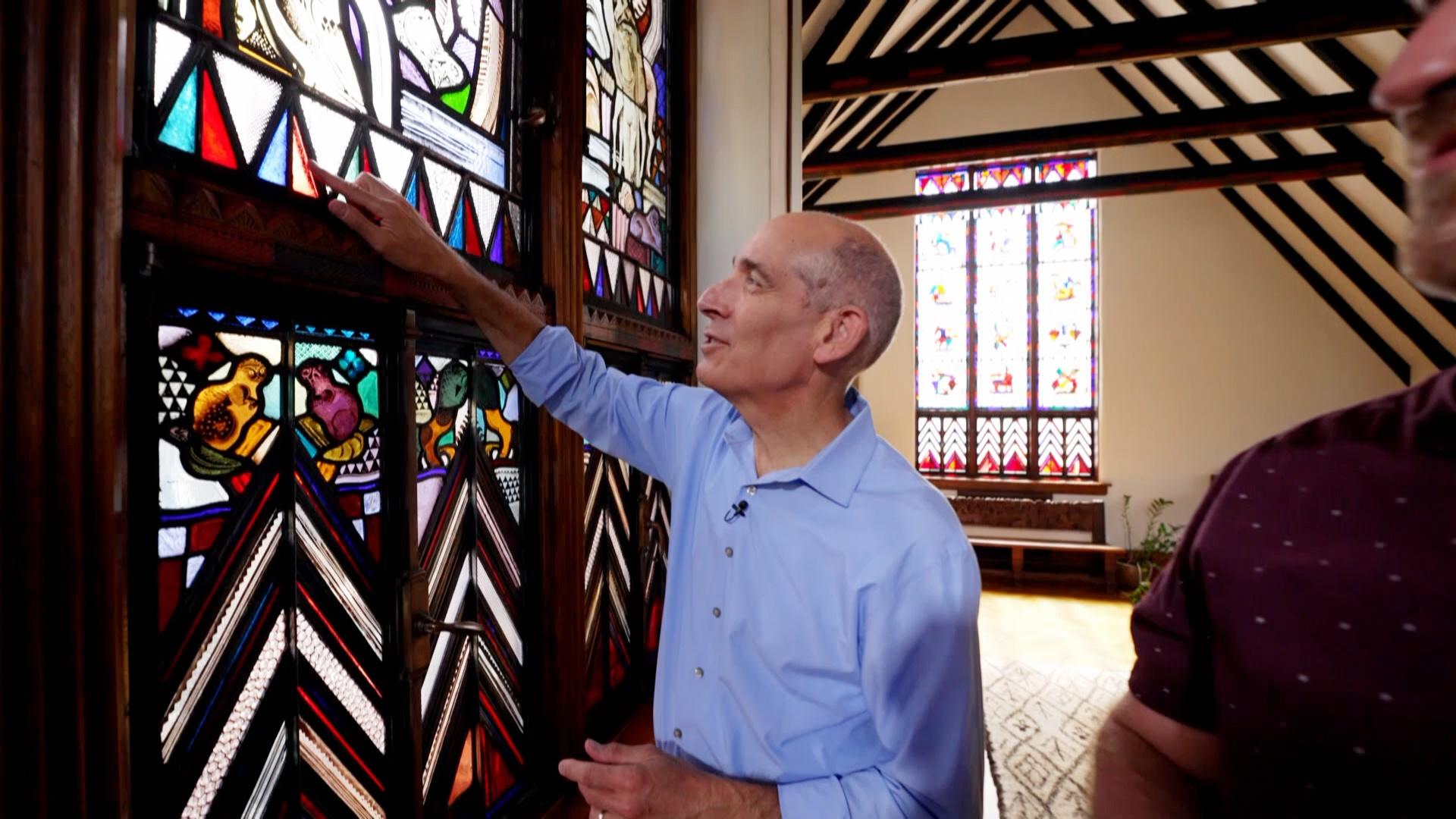
The Glasner Studio in old town is one of artist Edgar Miller's "handmade houses."
Also referred to as one of Edgar Miller’s “handmade houses,” the Glasner Studio is located in Chicago’s Old Town neighborhood. Zac Bleicher, executive director of the Edgar Miller Legacy and current owner and resident of the house, told Geoffrey Baer that Miller was a “true Renaissance man” who worked in more than 30 different artistic mediums, including stained glass, wood, tiles, and ceramics. His style was just as varied, too, and included references to “medieval Gothicism, Mexican modernism, French expressionism, and American art deco.” Bleicher says Miller aimed to create a “total environment” with his work, meaning that a place is both architecture and art. That is evident in the Glasner Studio, which Miller designed between 1928 and 1932 for wealthy millionaire patron Rudolph Glasner as a “party house” tucked away from the busy city, a place where avant-garde artists could gather. The details in the multi-level Glasner Studio are endless. A plaster frieze depicting five muses adorns a wall in the three-story entrance hall. There is stained glass all over the home, including one 24-panel window called “The Garden of Paradise” which depicts animals and other figures in an expressionist and cubist style. Intricate wood carvings line the stairwells and ceilings, and beautifully detailed tilework can be found on fireplaces and in bathrooms. Miller is not exactly a household name, but Bleicher says there’s a reason for that. “His work happens to be in all these private spaces,” he said. “Before the internet [when images and virtual tours became possible]…it was much harder to see his work in person, unless you happened to get invited to a party at this house.”


